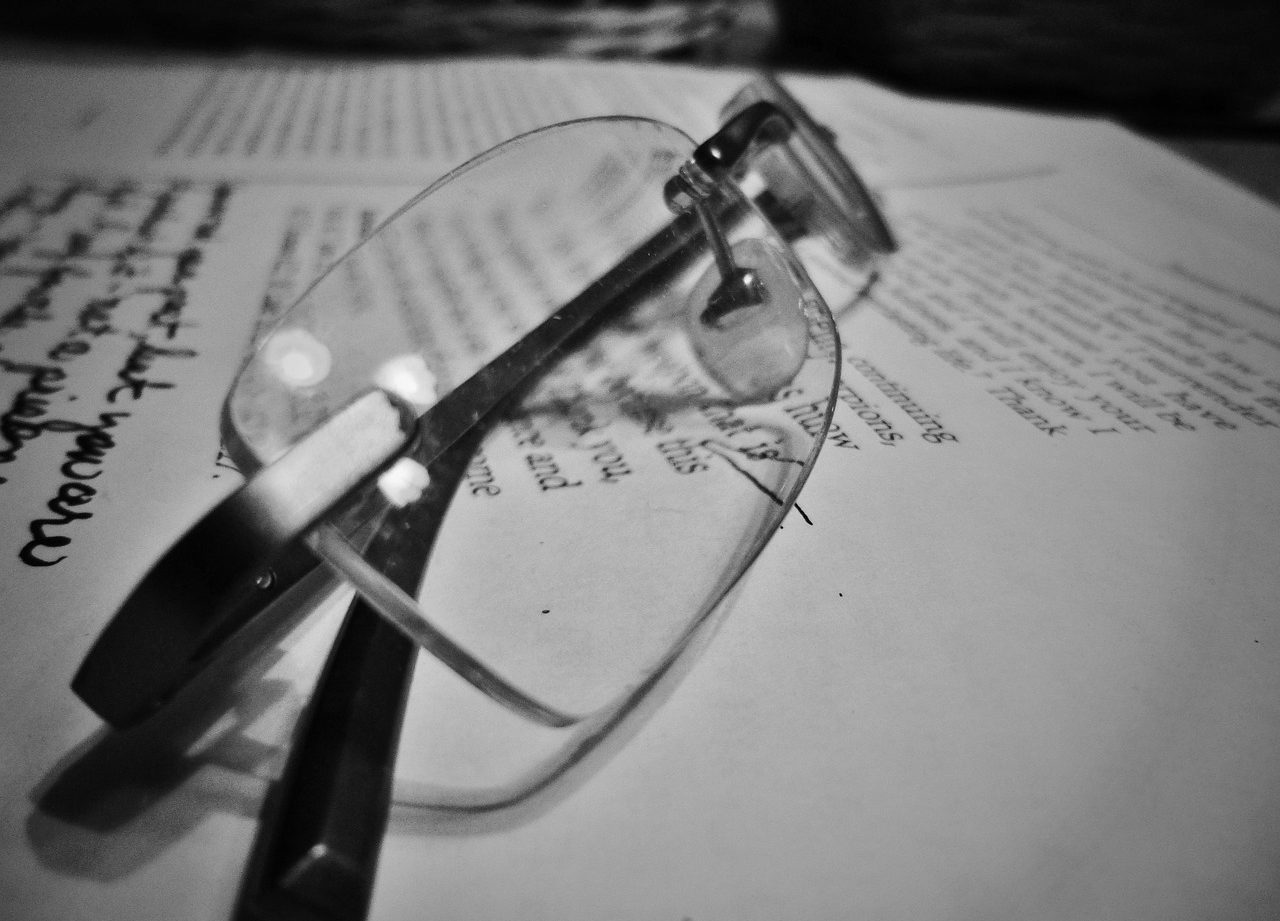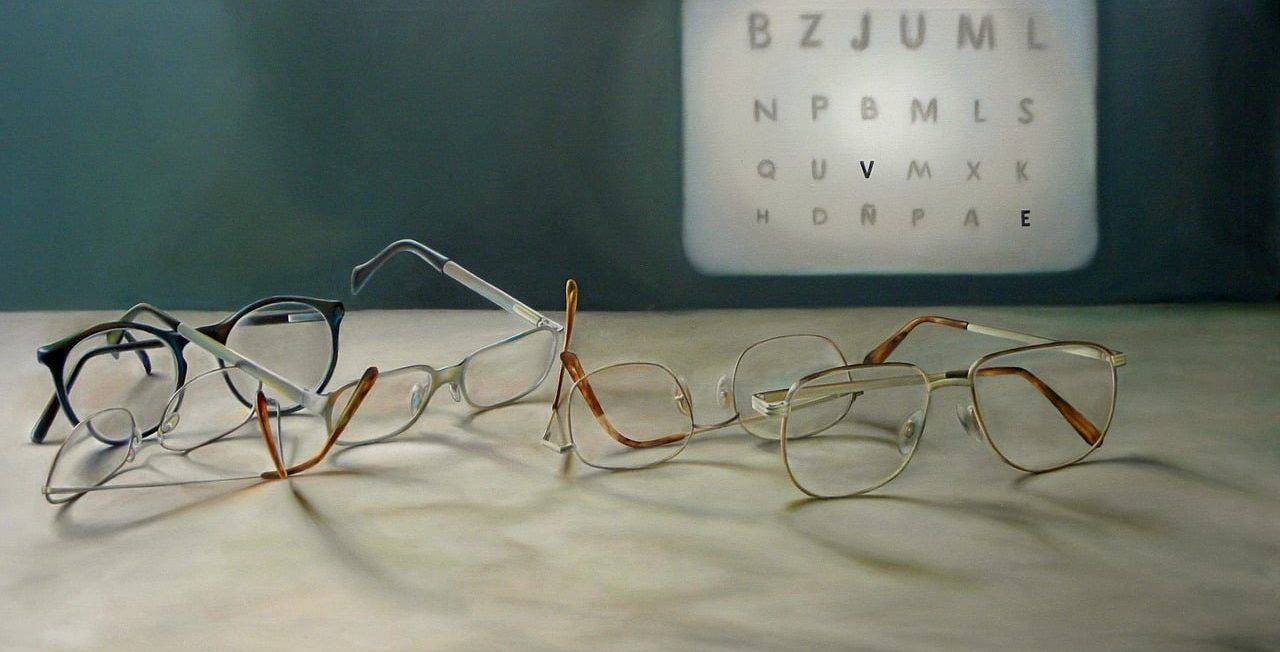
Bifocal lenses have two different powers.
Bifocal is something that has two focuses . The concept is used in the field of optics with reference to lenses that, by having two different powers , allow the correction of vision at long and short distances.
Bifocal lenses , thus, are used by individuals who suffer from myopia (a disorder that affects focusing on objects located at a long distance) and presbyopia (difficulty focusing on objects that are close).
History of bifocals
Spectacles (glasses) with bifocal lenses began to be developed in the late 18th century . American scientist and politician Benjamin Franklin helped popularize bifocals when he grew tired of having to wear two pairs of lenses to solve his near and distance vision defects.
Those original bifocals were made by combining two different lenses in the frame. To focus on close objects, the person had to look at the lower part, while to focus on distant objects they had to focus on the upper part.

Bifocal lenses help overcome defects in distance and near vision.
The present
Currently bifocals usually consist of a small differentiated sector that is molded on or inside the main lens. Invisible bifocals have even been invented: in them it is very difficult to notice the different lenses installed in the glasses in question. Many consider the classic models unsightly, precisely because it is possible to see the part on which the graduation is placed from close up.
It is important to note that bifocal lenses exist as an alternative to monofocal lenses, which have the same prescription on the entire surface of the glass and which serve to correct all refractive errors, such as presbyopia, astigmatism, hyperopia and myopia.
On the other hand, the engineer Bernard Maitenaz presented the so-called progressive lenses in 1959 , a product that has continued to grow and be perfected since then. This is an alternative to bifocals, which allow the user to perceive their surroundings in a more natural way, with an adequate transition between near and far objects.
Disadvantages of bifocal lenses
Beyond the solutions that bifocal lenses provide, there are still drawbacks that cannot be resolved. Those who suffer from presbyopia, for example, may have problems analyzing the height and distance of elements. This is why they can suffer falls when walking on uneven terrain or when going up or down stairs.
Every day, more and more experts assure that bifocal lenses are a product that is in decline and that one day they will be completely replaced by progressive lenses. Precisely, bifocals allow you to correct near and far vision, but they do nothing with respect to the elements that are in the middle, and this can lead to the aforementioned problems.
The abrupt jump that occurs between both areas, the far and the near, inevitably affects the sharpness of all the objects that are located in the middle, something that does not happen with progressive lenses.
Another of the negative points of bifocal lenses is the difficulty in getting used to them during the first uses; Among the "symptoms" , so to speak, are eye discomfort (such as tearing, stinging, irritation and itching), vision distortion , back, neck and head pain.
Bifocals, on the other hand, can be uncomfortable in front of a computer screen. This drawback arises from the fact that the monitor is usually placed very close to the user, which forces them to tilt their head back to be able to clearly see the content; After long sessions, neck discomfort may appear, which can worsen if not treated in time.
